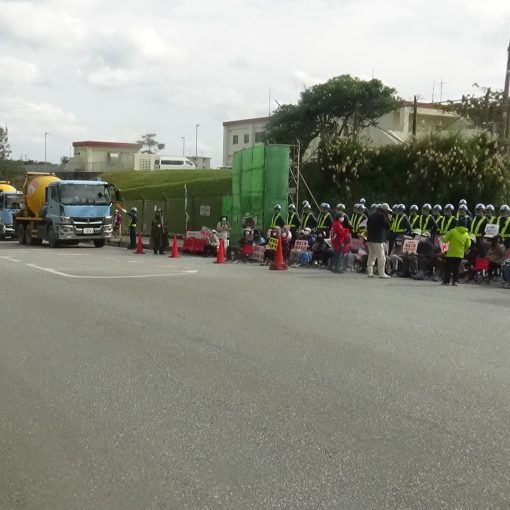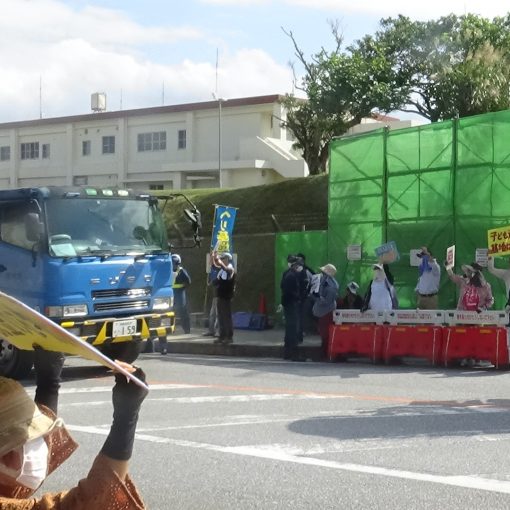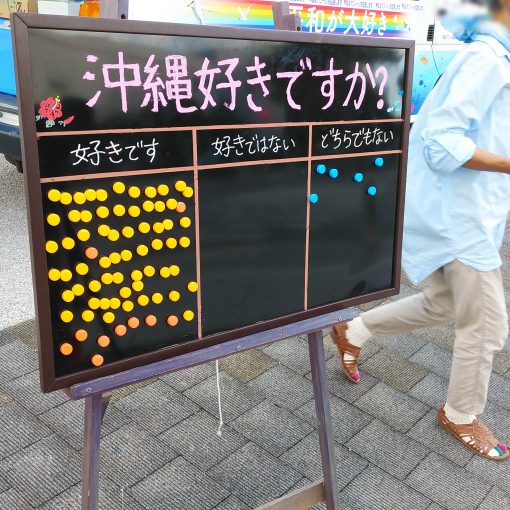April 2, 2020 Ryukyu Shimpo
On April 1 it came to light that mistakes were found in 20 portions of the explanatory documents from the Ministry of Defense’s “technical investigative commission” panel of experts. This technical investigative commission was established to address ground improvement of the soft seabed as part of Futenma replacement facility construction in Henoko, Nago City. At the 6th meeting of this technical investigative commission on April 1, the Ministry of Defense explained the content of amendments made to the documents. However, the commission chair Osamu Kiyomiya, an emeritus professor of Waseda University, said that this “does not affect the discourse up to this point”, and no other commission member raised any other opinion.
Out of the five meetings of the technical investigative commission that took place between last year in September and this year in March, the mistakes in the explanatory documents were only confirmed at the fourth meeting following the initial meeting.
When a contractor through the Okinawa Defense Bureau closely inspected the documents, errors in the numerical values relating to the stability of the seawalls and diagrams that do not reflect proper calculation results were detected, among other things.
Even in a graph expressing the strength of cohesive soil there was a portion which was amended. A contact person at the Ministry of Defense explained that this was amended “so as to not lead to an overestimation of the strength” of the soil.
Although the necessary quantities of earth for use in ground reinforcement and land reclamation were also erroneous, the Ministry of Defense insists that when comparing investigation results before and after the amendments, there is no effect on the overall processes, and procurement of materials is still possible.
Emeritus Professor Masaaki Tateishi of Niigata University, who sent a questionnaire to the technical investigative commission concering the soft seabed investigation, pointed out: “Up until now the technical investigative commission has overlooked erroneous entries in the documents, the lack of integrity therein, et cetera. As a result of receiving identification [of errors] from our research group, another close investigation was conducted and amendments were determined to be necessary. It feels arbitrary”.
Civil engineer Tsuyoshi Kitaueda, who brought to light the existence of the soft seabed through a freedom of information request to the Okinawa Defense Bureau, said: “The fact that the technical investigative commission did not identify these errors makes it apparent just how unreliable its deliberations have been up to this point”.
(English translation by T&CT and Erin Jones)





